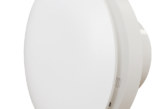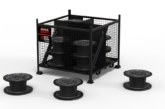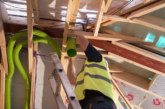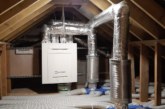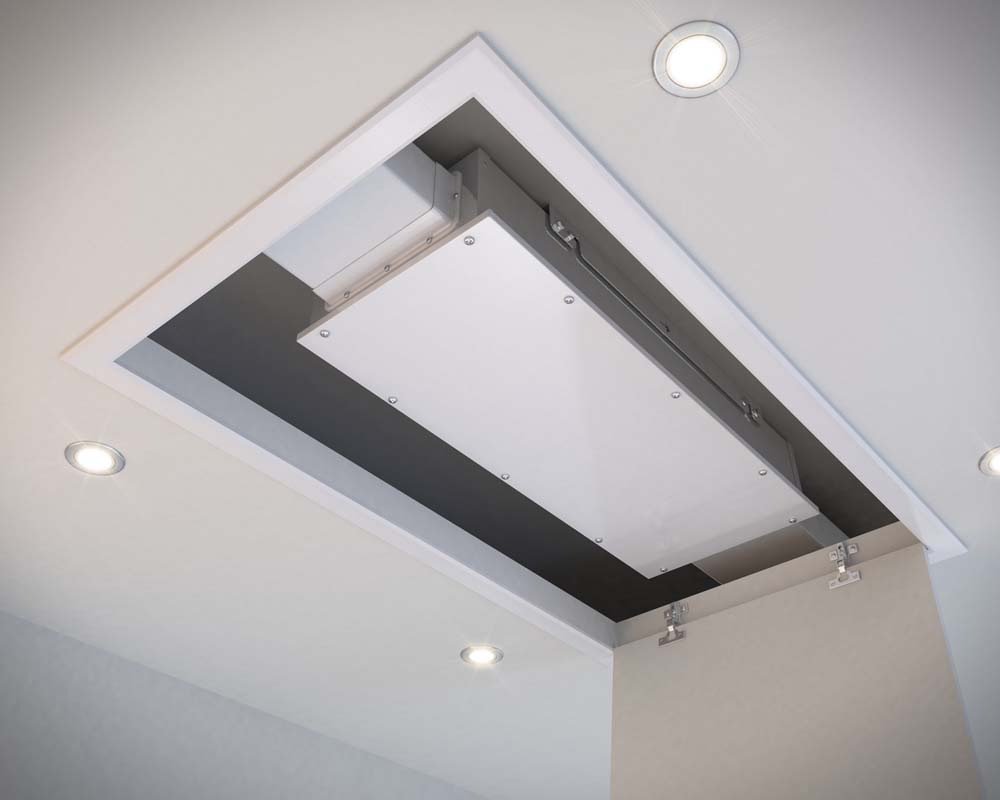
Paul Williams, Product Manager, Domus Ventilation, discusses what the company is doing to tackle the issue of indoor air pollution and the role NOx plays.
The Government’s Clean Air Strategy 2019 was praised by the World Health Organisation as ‘an example for the rest of the world to follow’. It addressed the issue of air pollution in England, firmly setting it on the news agenda. It claimed that there are only three threats greater to our public health than air pollution: cancer, heart disease and obesity. That’s how serious air pollution is and why it needs to be tackled using both preventative measures and solutions to reduce our exposure to it.
Today, the focus is on particulate matter, notably PM2.5, and NOx, the collective name for Oxides of Nitrogen (with NO and NO² having the most effect on the environment and human health). The World Health Organization annual mean target for NO² is 40 micrograms per cubic metre but in 2015 only six of the 43 UK air quality assessment zones met the annual mean limit value for NO².
The evidence for the effects or air pollution has been mounting. According to NHS England, 30% of preventable deaths in England are due to non-communicable diseases specifically attributed to air pollution. Long-term exposure in the UK has an annual impact on shortening lifespans, equivalent to 28,000 to 36,000 deaths.
Where does air pollution come from?
When it comes to NOx, the main source of air pollution is transport, with road transport being the biggest offender at 34%. This is also a PM emissions source, but at a much lower level (12%), with domestic fossil fuel burning being the major problem here. The latter is also a source of NOx emissions, along with industrial combustion and energy generation such as power stations. Major advances have been made in industry to tackle this but we have made very little impact when it comes to reducing air pollution from road traffic.
Even before the Clean Air Strategy 2019 identified NOx concentrations around roads as an ‘immediate and urgent’ air quality challenge, local authorities in England were mandated to develop plans to bring roadside concentrations of NO² within legal limits in the shortest possible time.
We like to think we’re safe in our homes–we shut the door to the outside world and the potential dangers it poses. But when it comes to air quality, that’s not always the case. Levels of air pollutants in the home can be significantly higher than those outside.
The Clean Air Strategy 2019 aims to adopt a nationwide approach to air pollution, and to make relevant legislation easier to enforce.
In addition, the government has announced that it will consult on changes to Building Regulations standards for ventilation in homes and other buildings, to help reduce the harmful build-up of indoor air pollutants. The Clean Air Strategy 2019 recognises “the importance of effective ventilation to reduce exposure”.
The Clean Air Strategy sets out some ambitious targets, including reducing PM emissions by 30% by 2020, and by 46% by 2030 and reducing emissions of nitrogen oxides against the 2005 baseline by 55% by 2020, increasing to 73% by 2030, which is to be applauded.
A large part of the actions listed in the Strategy are focused on working with consumer groups, health organisations and industry to improve awareness of the dangers of air pollution and how each person can do their part to reduce pollutants. This type of awareness campaign takes time. When 34% of NOx emissions comes from road transport, why are there no new plans to tackle this?
Tackling indoor air pollution
Ultimately, the Clean Air Strategy 2019 does little to alleviate the immediate impact of breathing in polluted air.
Necessity, as they say, is the mother of invention and solutions do exist to remove pollutants from our homes. Carbon filtration is one of the best options as wide ranging pollutants are attracted to the surface of the carbon and absorbed.
For new builds, incorporating a carbon filter in to the supply leg of a standard MVHR (Mechanical Ventilation with Heat Recovery) duct system is an effective way to do this as it delivers fresh, filtered air into the main living areas of homes.
When choosing a NOX filter, ensure it can be used with your MVHR system of choice, but also opt for one that has a low profile so it readily fits into restricted spaces and that provides quick and simple access to the filter. Some filters come with the added benefits of both NOX and PM2.5 pre-filters. The life expectancy of carbon NOX filters is generally two years and a PM2.5 filter one year, depending on the installation environment.
Domus Ventilation’s NOX-FILT, for example, prevents up to 99.5% of NO² pollution from entering a home, making it the best performing unit on the market. With an impressively low profile and direct 204x60mm spigots readily accommodating the UK’s most popular size of duct, it has been designed to work with the company’s range of high-performance mechanical ventilation systems, including the HRXE, HRX2D and HRX-aQ MVHR ranges, as well as with other manufacturers’ systems.
Prevention is undoubtedly better than cure, and it’s vital we all work towards reducing air pollution. Work continues to be done around the Clean Air Strategy, but we can’t afford to wait for these actions to take effect. We can’t even be sure of a positive outcome in the immediate future; the market for electric cars on British roads, for example, actually fell by nearly 12% in June 2019, rather than increase. Taking a ‘fingers crossed’ approach or ignoring the problem, especially in inner cities where pollution levels are very high, isn’t an option. We don’t have all the solutions – existing properties, for example, remain problematic as MVHR systems are mostly unsuitable – but where we do, surely we have a duty to use them?





